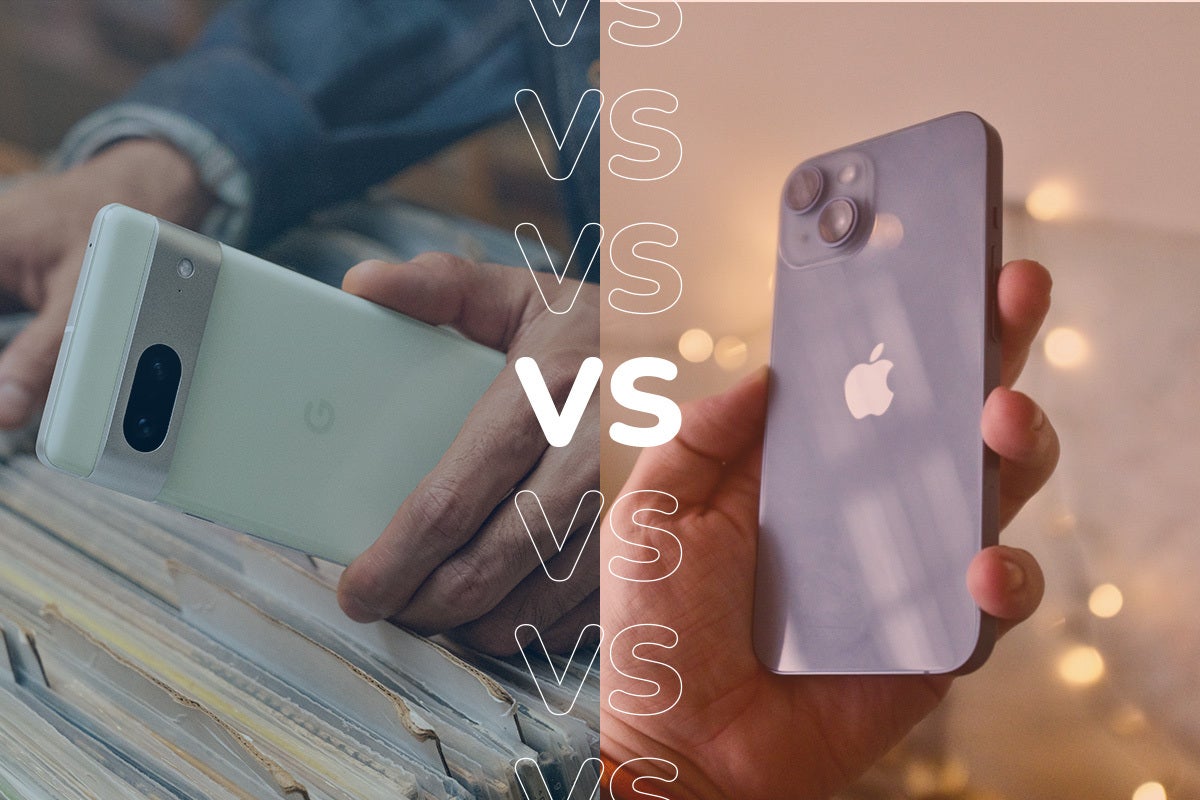With Pixel 7, Google is serving people tech ignored for too long

OPINION: With camera features like Guided Frame and Real Tone, Pixel handsets are making a strong case for being the phone of the under-served.
Even in the modern era, technology hasn’t been notoriously inclusive. You can argue there hasn’t been a large enough focus on ensuring the breakneck innovation has brought everyone along for the ride. It’s been more about what something can do, rather than who can do it.
It hasn’t necessarily been a conscious decision, although plenty would argue otherwise. There’s an inventor bias, which research suggests may derive from some the demographic make-up of employees in the important positions at the biggest technology companies. They have traditionally been overwhelmingly white, male, and abled people. Progress is being made, but perhaps not quickly enough.
You only have to look at the way voice assistants have struggled with accents of non-white people. There are plenty of concerns about bias within emerging AR systems and chat bots too.
I feel like Google, which has had some quite awful learning experiences of its own in this regard, is starting to get it. If the Pixel phones can be the home of the people technology has under-served, then everybody benefits.
Last year, with the Pixel 6, Google introduced Real Tone in the hope of correcting years of camera phones (and going back farther, cameras in general) excluding people of colour by “over-brightening or unnaturally desaturating skin”. As a pale white dude, that’s something I’ve never had to think about, let alone be annoyed about when I look at the resulting photo. All I have to worry about is excess chins.
Ironically, I thought of this feature before the Google Pixel 7 event when a Facebook memory surfaced an old pic where the only person of colour just wasn’t visible within the photo. Granted, this was in 2008, and before camera phones could take any decent pictures in low lighting. However, it shouldn’t have taken this long to acknowledge, let alone rectify considering the incredible advances that have been made elsewhere.
In an increasingly diverse society, it also makes total sense beyond the good social intentions. Everyone wants to look good in photos. If one phone camera accurately represents your totally unique skin tone, above the others, that’s probably the one you’re going to buy, right?
Focus on the who, not the what
Google continued this trend today by launching a new Guided Frame feature, which is an AI-based feature designed to help blind and visually impaired people take better photos and selfies.
Our own Gemma Ryles described it well following the event: “Guided Frame comes in the form of a voice and it helps guide users, helping them understand where they should hold their phone if they want to take a picture with the forward-facing camera.”
“If a user opens the camera and holds it in front of their face, the voice will advise them to lift the camera up or down so they can get the best angle.”
In the video below, the YouTuber Molly Burke, who is blind, explains the need for a feature like this, in a way that most people wouldn’t even consider when they routinely snap a selfie of their new t-shirt in order to show a friend. She explains how important it is for tech to do more than “the bare minimum to ensure people can get by” and “empower them to have fun in life again.”
Sometimes it takes people being actually represented within the workforce of these companies. That’s the case here with Lingeng Wang, one of the original creators of Guided Frame at Google. Representation!
One of the main reasons we pay up to £1,000 for smartphones these days is because the quality of the camera matches really good standalone contact cams, with computational tech pre/post processing tech that far surpasses them.
So, why wouldn’t visually impaired people opt for the Pixel 7 or Pixel Pro 7, which helps them take the same great selfies as fully sighted users?
After the iPhone 14 and Apple Watch Ultra launches placed a big focus on new life-saving features – crash detection and satellite messaging, for example – some accused Apple of selling fear. There’s an element “buy our products or you will die” to it.
Yes, these features will save lives. But the Pixel 7 range will help more people to actually live theirs with more fulfilment from the devices that almost dominate our day-to-day existences.
I’d say Google deserves great applause for the recent advancements in assuring products are as much about the who, as the what, but the progress is overdue.
However, it’s good to see tech companies shift focus beyond, as Molly says, the bare minimum. Let’s hope this is a watershed moment.



